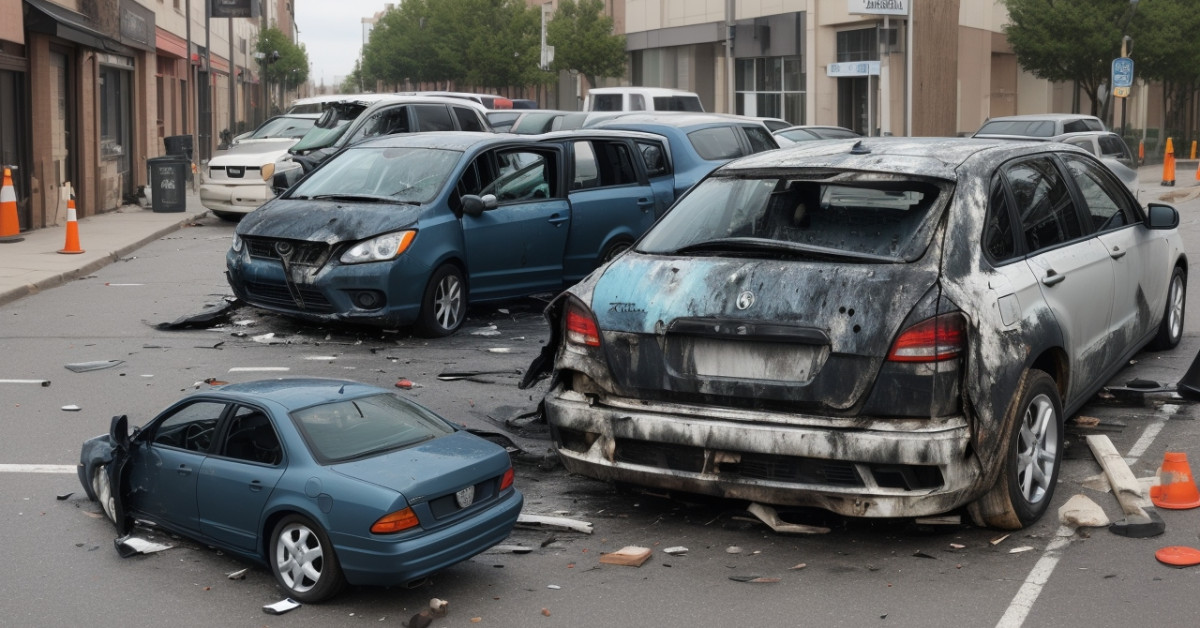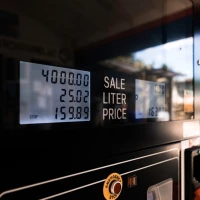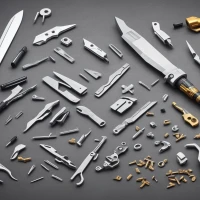Driving can be unpredictable. Whether you’re navigating a tight parking lot, dealing with adverse weather conditions, or simply misjudging a turn, the possibility of accidentally damaging an unattended vehicle exists. It’s a scenario that could leave you flustered, but knowing the proper steps to take ensures accountability and can help mitigate the stress involved. In the event that you find yourself in this unfortunate situation, it’s crucial to stay composed and follow a set of procedures to ensure everything is managed correctly.
Understanding the significance of taking the right steps not only helps in aligning with the legal framework but also speaks volumes about your integrity as a driver. Let’s delve into the steps you must take to handle this with due diligence, ensuring that both parties involved can reach a fair and expedient resolution.
Face the Uncomfortable: Your Immediate Response
The moment you realize you’ve caused damage to another vehicle can be an anxious one. However, your immediate response can define the outcome of the situation to a large extent.
Related article; car wash signs
Assess the Situation and Ensure Safety
First and foremost, evaluate the safety of your surroundings. Make sure that by stopping to address the damage, you’re not putting yourself or others at risk.
Related article; best car pick up lines
Document the Damage
Once safe, take pictures of the damage on both vehicles with your smartphone. This visual documentation will be important for insurance claims and may assist in any legal proceedings that could follow.
Related article; bill harris used cars
Search for Witnesses
If there are people around who saw the incident, politely ask for their contact information. They could provide valuable accounts that might help in clarifying the situation later on.
Related article; amy roloff car accident
The Accountability Pathway: Leaving Your Information
In the absence of the vehicle’s owner, your integrity is put to test. Here, you show your awareness of civic responsibilities, leaving your information securely on the damaged vehicle.
Related article; $ cash for junk cars without title
Write a Note
Craft a concise and clear note including your name, contact details, and a brief explanation of the incident. Place it in a secure and visible spot like under the windshield wiper.
Related article; Top non-electric cars
Be Specific in Your Message
In the note, provide specific details about the location and time of the incident. This transparency is paramount in establishing trust.
Related article; The best performance cars in
Legal Obligations: Report the Incident
Depending on the severity of the accident, you might have legal obligations to fulfill. This involves reporting the incident to the local authorities or your insurance company.
Related article; Best used xs
Contact Law Enforcement
In some jurisdictions, you’re required to report any traffic accident that results in significant property damage. Call the local police department’s non-emergency number to report the incident if necessary.
Notify Your Insurance Provider
Quickly reach out to your insurer to inform them of the incident. This can expedite the claims process and protect you from potential disputes.
Understanding Insurance Implications and Coverage
Insurance can be a complicated maze to navigate, especially in the context of damaging an unattended vehicle. However, it’s essential to understand how your insurance policy works in such situations.
Know Your Policy
Your insurance coverage, such as liability, comprehensive, or collision, will dictate how the incident is handled financially. Familiarize yourself with your policy before such incidents occur.
Collision Coverage and Unattended Vehicles
Collision coverage often takes care of damages to your vehicle. When you’re found at fault in hitting a parked car, this part of your policy may be activated to cover the costs, after your deductible.
Liability Insurance and Property Damage
Your liability insurance is designed to cover damages to the other party’s property. In the case of hitting an unattended vehicle, your liability for property damage will be crucial for the reimbursement the other owner receives.
Follow-Up Procedures: The Aftermath
With the immediate actions taken care of and the legalities in motion, there’s more to do in terms of follow-up procedures.
Keep Documentation Organized
Create a file to store all related photographs, notes, witness information, and official reports. This will help manage the repair and claims processes more efficiently.
Stay Prepared for Further Contact
Be ready to cooperate with insurance adjusters, the vehicle owner, and possibly legal professionals who may reach out to you regarding the incident.
Monitor the Progress of Your Case
Stay proactive in following up with your insurance provider on the status of the claim and any additional steps required from your end.
Coping with the Emotional Impact
It’s normal to feel stressed or guilty after causing accidental damage. Taking constructive steps can help in managing these emotions productively.
Understand Accidents Can Happen to Anyone
Acknowledge that mistakes are a part of life and getting too hard on yourself can be counterproductive. Remember that making amends is what matters.
Seek Support if Needed
Talk through the incident with a friend or family member. Sharing your concerns can lessen the emotional burden and provide a different perspective on the situation.
Conclusion
Damaging an unattended vehicle is a scenario that any driver dreads, yet it’s important to handle it with a sense of responsibility and transparency. Making sure to follow the proper steps not only helps in meeting legal and insurance requirements but also demonstrates your commitment to ethical conduct on the road. Remember, the key to navigating through this challenge lies in prompt action, detailed documentation, and clear communication. While it’s an experience no one looks forward to, tackling it with accountability can ensure a smoother resolution for everyone involved.
Encountering such an event might be uncommon but being prepared mentally and having knowledge of the procedures can certainly reduce the angst and confusion if the situation ever arises. Safe driving should always be a priority, but should an accident occur, handling it with diligence reflects your maturity as a motorist and a member of the community.









